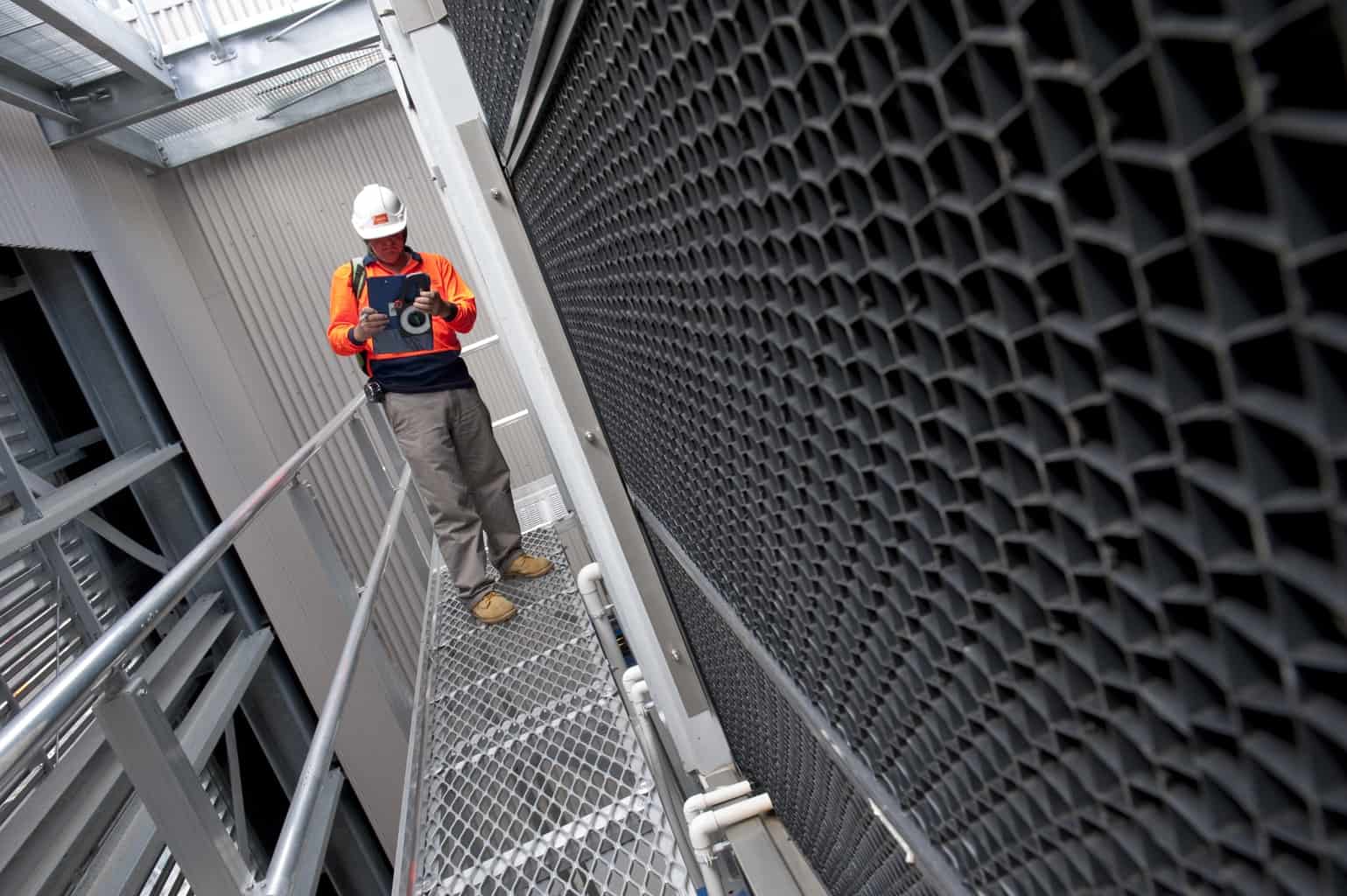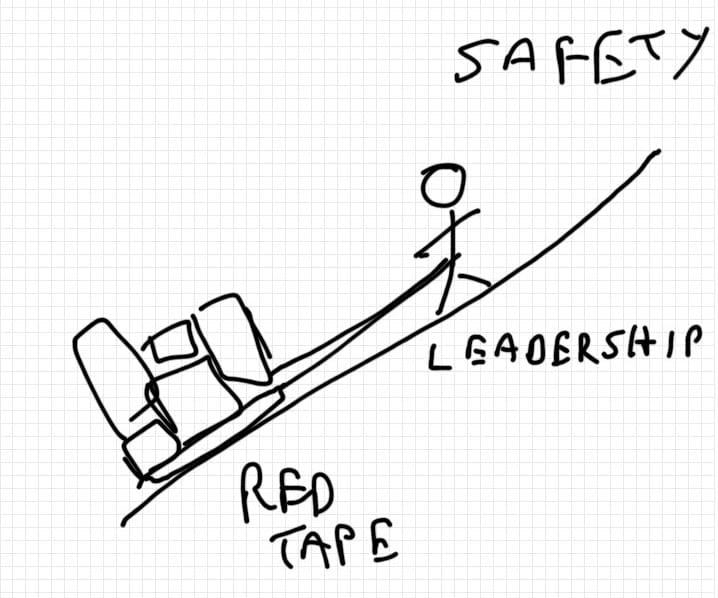A guest post by Carl Sachs
 The revised Australian Standard AS1657 for fixed ladders, platforms and walkways released in October 2013 plugs some serious holes. Guard rails made of rubber, for example, are now explicitly unacceptable.
The revised Australian Standard AS1657 for fixed ladders, platforms and walkways released in October 2013 plugs some serious holes. Guard rails made of rubber, for example, are now explicitly unacceptable.
While absurd, rubber guard rails technically complied with the 21-year-old AS1657 and the example shows just how sorely an update was needed.
Four big changes to AS1657
The biggest changes to AS1657 concern selection, labelling, guardrail testing and the design of fixed ladders. Continue reading “Are you ready for the revised AS1657 on walkways, ladders and platforms?”


 There will be two areas of occupational health and safety attention in the early months of 2014 in Australia – workplace bullying laws and the
There will be two areas of occupational health and safety attention in the early months of 2014 in Australia – workplace bullying laws and the  2014 is going to present tough challenges to Australia’s politicians and corporate leaders.
2014 is going to present tough challenges to Australia’s politicians and corporate leaders.  During a recent seminar I produced the doodle on the right, which depicts what I think the speaker was talking about. Safety is a goal that can be best achieved through improving a company’s leadership qualities. However all companies seem to be restricted by red tape, however one defines that. Can this journey be improved?
During a recent seminar I produced the doodle on the right, which depicts what I think the speaker was talking about. Safety is a goal that can be best achieved through improving a company’s leadership qualities. However all companies seem to be restricted by red tape, however one defines that. Can this journey be improved?